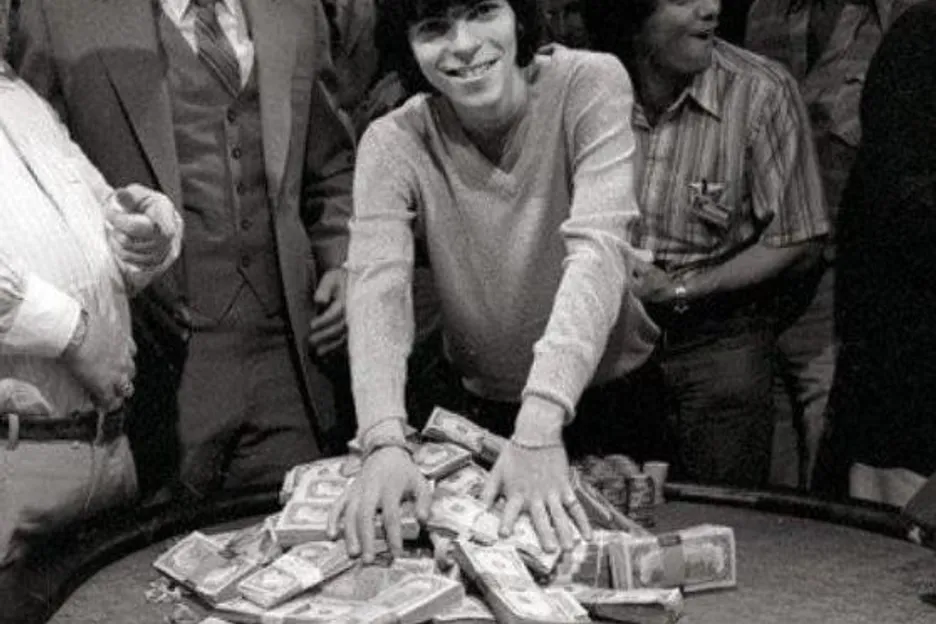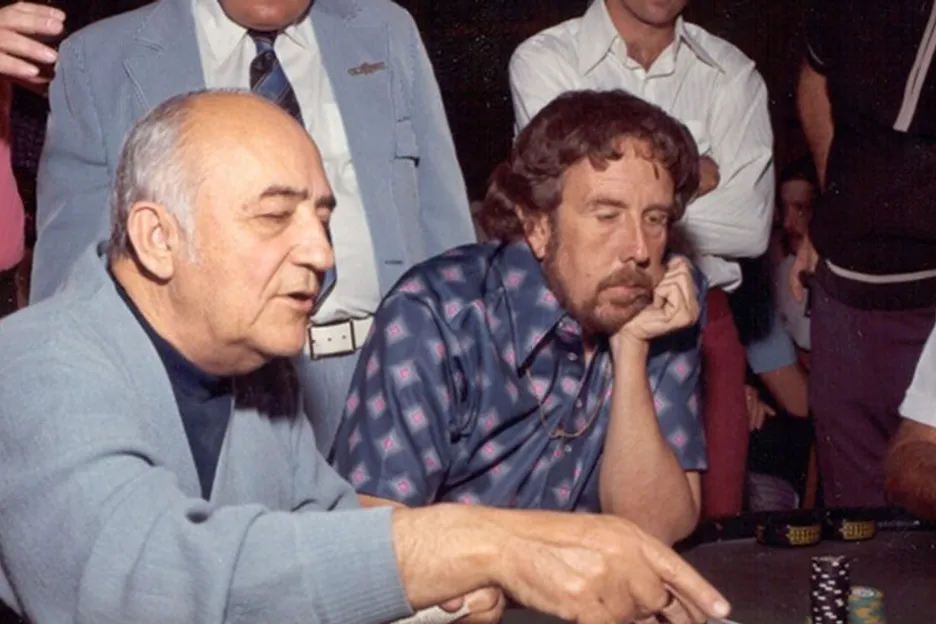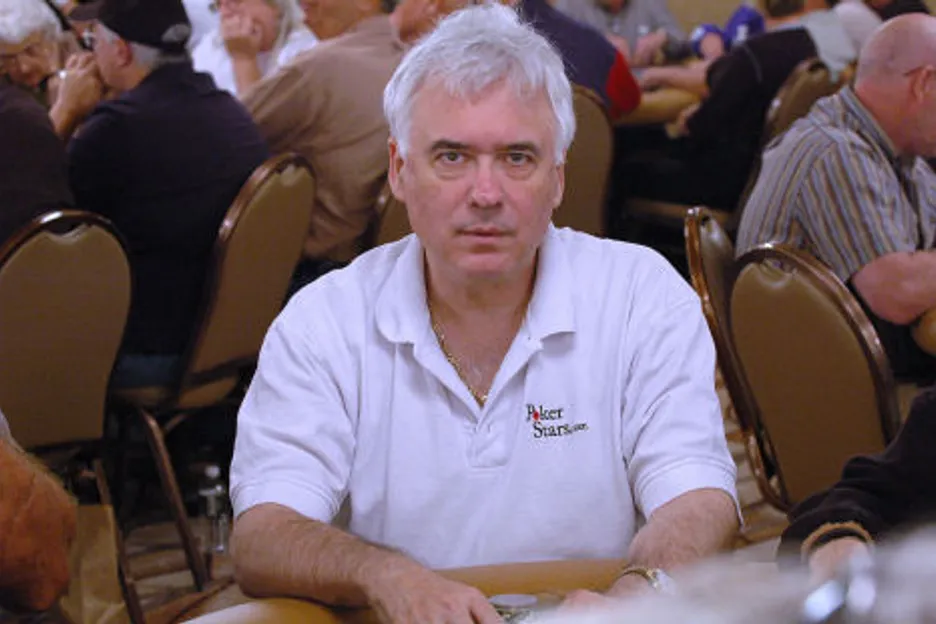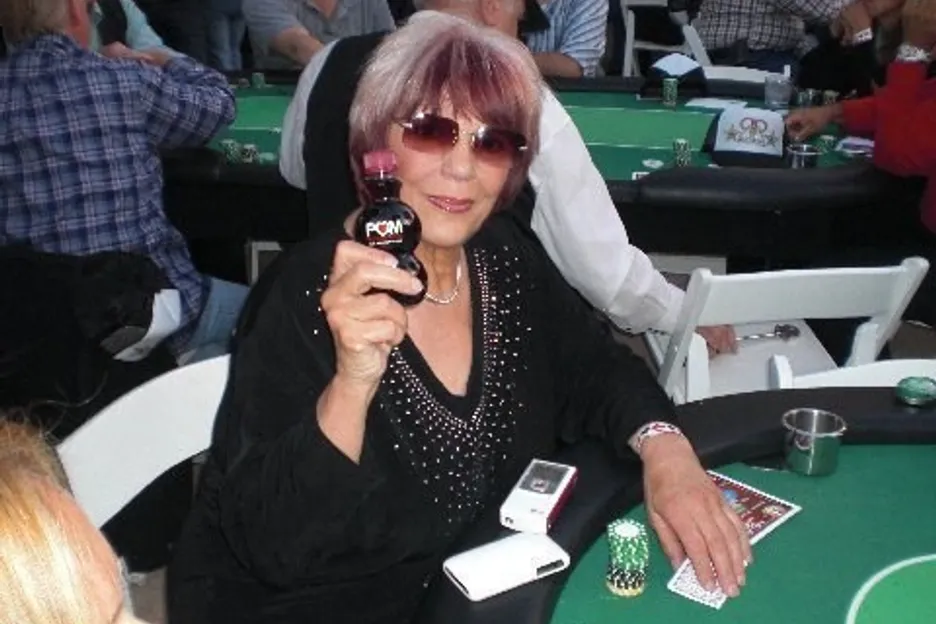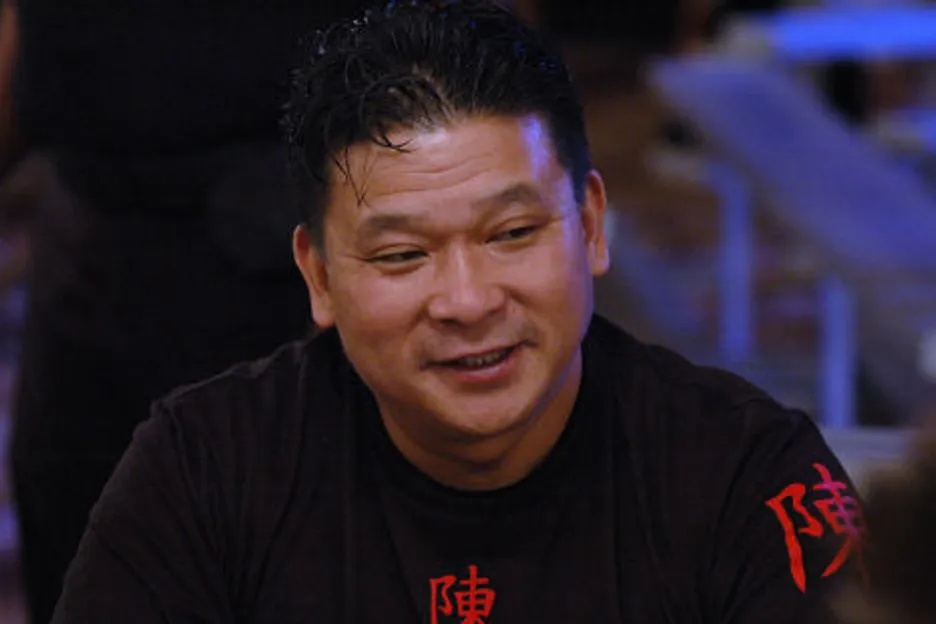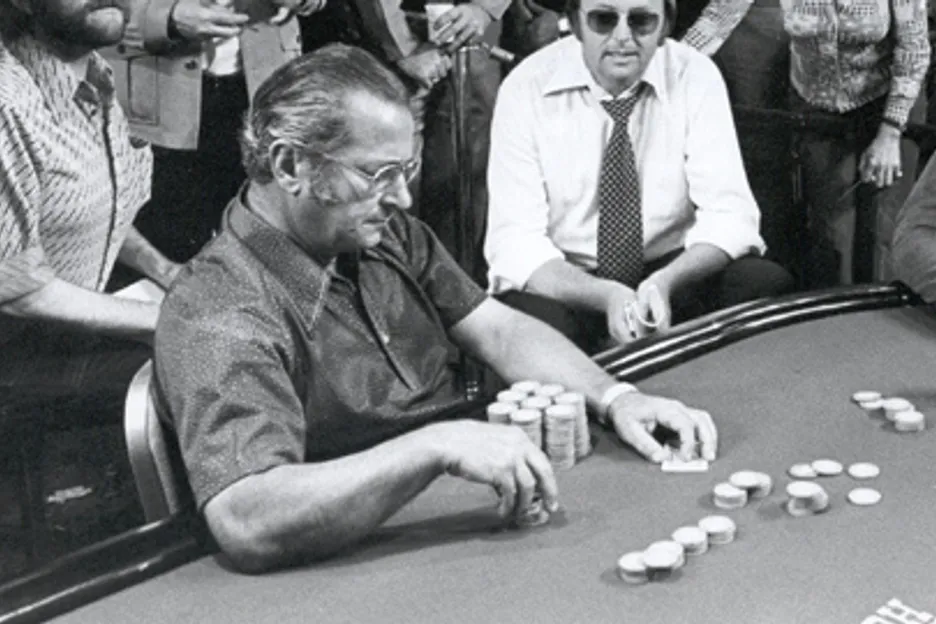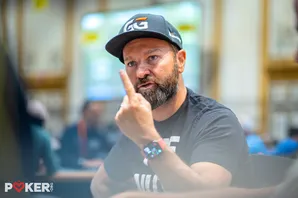Our look back at the first decade of the World Series of Poker (WSOP) took us from the birth of the idea, through a conquering back-to-back performance by Doyle Brunson, up to Hal Fowler’s victory as the first amateur to claim the title.
But a new decade would bring about a new era, with new faces, more side events, different formats, and a Main Event that grew and grew. And leading the charge at the turn of the decade would be one of the most iconic figures ever to play the game.
‘The Kid’
Stu Ungar’s short life has already provided the basis for movies, documentaries and biographies, and for good reason. The man they called ‘The Kid’ was in his mid-20s when he played his first WSOP, an action-addicted natural gambler from the streets of New York City with talent to burn. And while he was generally recognized as perhaps the best gin rummy player in the world, he wasn’t initially known as a poker player. That would change.
Doyle Brunson famously told how, as he watched Ungar throughout the 1980 Main Event, the young player improved before his eyes. His innate card sense and live-reading ability were powerful tools, which were only sharpened as Ungar made his way through the 73-strong field to end up at a final table alongside the likes of Johnny Moss, Gabe Kaplan, and Brunson himself. He would outlast them all to claim the title, and the honor of being - at the time - the youngest player to have won poker’s Big One.
In 1981 Ungar famously repeated the feat, defeating Perry Green heads up to win back-to-back Main Events, just as Brunson had done half a decade before. But, in a tale that illustrates the volatility of Ungar’s life, it almost didn’t happen.
The story goes that Ungar had been banned from Binion’s, where the WSOP took place, for spitting at a dealer during a high-stakes cash game. Benny Binion’s son, Jack, apparently went to bat for Ungar and persuaded his father to relax the ban, and Ungar went on to write history.
In between his two ME victories, Ungar also picked up another WSOP bracelet, earlier in the 1981 series, defeating Bobby Baldwin for the $10k 2-7 Draw title - traditionally the only other $10k tournament on the schedule. Baldwin would also make the 1981 ME final table but ultimately it was Ungar who took it down, entering history as one of the few to win the WSOP Main Event more than once.
A chip and a chair
1982 saw the title of poker’s world champion pass to Jack ‘Treetops’ Straus, so-called due to his towering height. With 104 entries, it was the first time the ME field had passed the 100 player mark, and again the winner could easily have been someone else, but for a quirk of fate.
On Day 2 of the ME, Straus shoved his entire stack, was called, and lost. But… it wasn’t actually his entire stack.
Unknown to Straus, he still had a $500 chip on the table which had been covered by a napkin. As he had not announced ‘all-in’ when shoving his stack, he was able to continue playing, and so accomplished the greatest ever comeback in WSOP history. If you’ve ever heard the expression that ‘all it takes to win a poker tournament is a chip and a chair’, this is where it comes from.
Straus had won a previous WSOP event, 1973’s 2-7 Draw tournament, so how many bracelets did he win in his career? The surprising answer is, one. That’s because in 1982, for one year only, the WSOP did not award gold bracelets but instead opted for gold watches. It was a change that would only last one year.
New faces, new events
As the decade went on, new faces emerged that would go on to become part of the poker firmament. 1983 saw Stu Ungar win a side event, but so too did now-famed poker theoretician David Sklansky - playing the game of Omaha, a new addition to the schedule.
Tom McEvoy also won a side event, before going on to take down the ME after a seven-hour heads-up marathon versus Rod Peate. In another first for the series, McEvoy had won his seat in a satellite.
McEvoy topped a field of 108 to win the title, and Main Event field sizes would continue to grow during the 1980s. When Jack Keller won in 1984, beating former rodeo pro Byron ‘Cowboy’ Wolford, there were 132 entrants. Keller also won the $5k 7-Card Stud event, while Dewey Tomko won the other big-ticket event on the schedule, the $10k 2-7 Draw event. The year also saw Tomko win the first PLO event held at the WSOP.
1985 saw even more side events added. The $1k limit NLHE event was won by Johnny Chan for the first of many bracelets, while 141 turned out for the Main Event, in which Bill Smith defeated TJ Cloutier heads-up.
Cloutier famously called Smith out as “the tightest player” when he was sober, “the best I’d ever played” when he was half-drunk, and “the worst I’d ever played” when he was drunk.
With PLO added in 1985, the following year saw the WSOP take another leap into the world of new formats and variants, but it wasn’t one that would stick around. 1986 featured a side event that included…gasp…a joker! ‘No limit A-5 Draw with a Joker’ was won by Mike Cox, with Jack Keller as runner-up. It was also the year that Barbara Enright won her first bracelet in the Ladies Event; she would go on to become the highest-place female finisher in the WSOP ME when she came 5th in 1995.
In the 1986 Main Event, Bill Smith made back-to-back final tables, but couldn’t finish on top of the 141-player pile - that honor went to Berry Johnston, who’d finished third in 1982 and 1985. But that’s not to say the days of repeat-winners were done and dusted; a new one was just around the corner.
'The Orient Express'
1987 saw TJ Cloutier win the first of his six bracelets, Billy Baxter win the 4th of his five 2-7 Draw titles, and the first ever foreign-born winner of the Main Event.
Johnny Chan was not new to the WSOP, having picked up a side event win a few years earlier, but the Chinese-born player’s first ME cash came with his victory over the field of 152. At the final table he overcame opponents including Howard Lederer and Dan Harrington to win the $625k first prize.
The following year Chan repeated the feat, claiming $700k for topping the field of 167 and vanquishing the great Erik Seidel heads-up in a hand that would later be immortalized in the movie Rounders. 1988 also saw the great Johnny Moss pick up his last bracelet, winning the $1.5k A-5 Draw event and coming 2nd in the $1.5k 7-Card Stud.
The 1988 ME final table was a six-handed affair, meaning the player in ninth missed out on the final table. That man was Jesse Alto, who had made ME final tables in three consecutive years, twice. Alto’s run of ME final table appearances included 1974-6, 1978 and 1984-6. Incredibly, he never once picked up a win in the Main Event or any other WSOP events, making him arguably the greatest player never to win a bracelet.
A new kid in town
When Chan returned to defend his title in 1989, it seemed like no one could stop him. He steamed through the field of 178, making it all the way to the final two where he would take on a young up-and-coming pro named Phil Hellmuth.
Of course, Chan was not able to ‘three-peat’ and Hellmuth won the Main Event, picking up the first bracelet of what would become a record amount.
The decade that had seen Main Event attendance more than double was going to end the way it began, with a new, fresh young talent ready to upturn the apple cart. Hellmuth was even younger than Ungar had been, setting a new record for the youngest world champion.
Like Ungar, Hellmuth played with a talent and confidence that belied his youth, but unlike Ungar Hellmuth would commit himself to the pursuit of poker perfection and go on to dominate the chase for bracelets over many decades.
Hellmuth would go on to win more bracelets than anyone else in history. Ungar, on the other hand, only had one more WSOP win in him - but what a win it would be.
Next week: The 1990s
Images courtesy of PokerGo/LasVegasVegas.com/WSOP/UNLV Special Collection/Creative Commons


